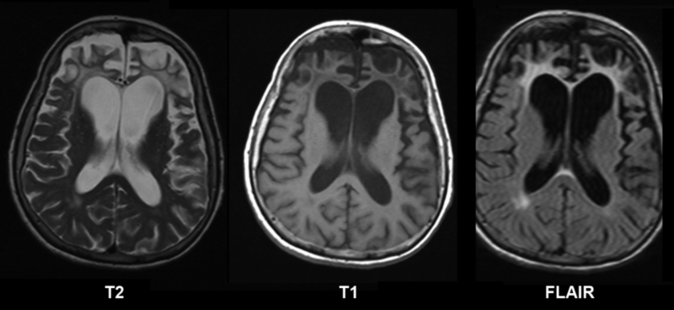Frontotemporal Dementia
This article is currently under review and may not be up to date. Please come back soon to see the finished work!
Description[edit | edit source]
The term “Pick’s Disease” (PiD) was named after Arnold Pick for his initial description of focal gross atrophy of the frontotemporal lobes in a patient with progressive language and behavioral disturbances [1]. Pick’s disease is a rare neurodegenerative disorder, estimated to be 10 times less frequent than Alzheimer’s disease, even in regions with high prevalence. It was first clinically described by Pick in 1892, a German neurologist, in a woman with lobar brain atrophy who suffered from pre-senile dementia with dysphasia [2]. Current knowledge indicates that PiD is a member of a group of heterogeneous neurodegenerative disorders with similar or related histopathologic and clinical features known as frontotemporal lobal degeneration or dementia (FTD) [3].
Causes[edit | edit source]
References[edit | edit source]
- ↑ Irwin DJ, Brettschneider J, McMillan CT, Cooper F, Olm C, Arnold SE, Van Deerlin VM, Seeley WW, Miller BL, Lee EB, Lee VM. Deep clinical and neuropathological phenotyping of Pick disease. Annals of neurology. 2016 Feb;79(2):272-87.
- ↑ Dickson DW. Pick's disease: a modern approach. Brain pathology. 1998 Apr;8(2):339-54.
- ↑ Hu W, Luo JJ. Research Advances in Pick’s Disease: A New Biomarker Candidate. J Neurol Neurophysiol. 2013;4:e112.







